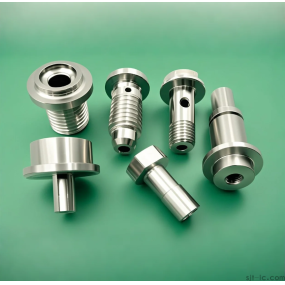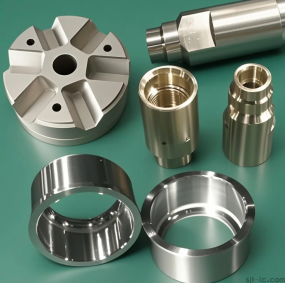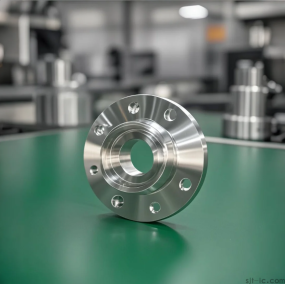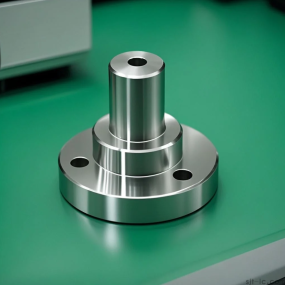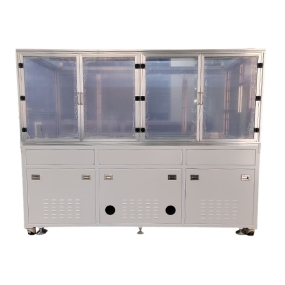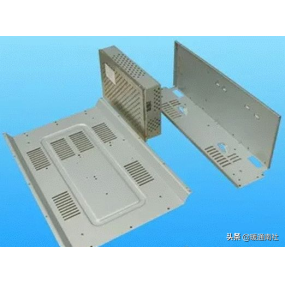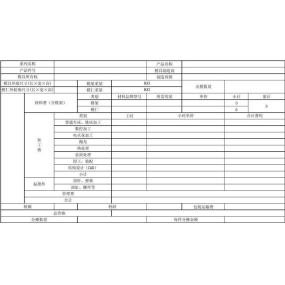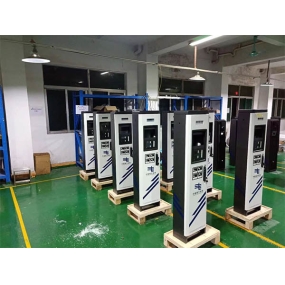With the gradual development of the processing industry, the requirements for product quality and accuracy are becoming increasingly strict, and the difficulty of products is increasing. More and more problems need to be solved, and the large stroke five axis linkage processing has solved many difficult problems. If traditional three-axis gantry machine tools are used to process high-precision large parts, it is already laborious in terms of clamping, and the clamping side will be even more difficult to handle when encountering areas that cannot be processed. The first reason is that the object is too large to be clamped on the machine, and the clamping time is too long. It is really difficult to handle structures that are difficult to process.
And the large stroke five axis linkage machining has dealt with many difficult problems. The large stroke five axis linkage only requires one clamping to machine five surfaces, which solves the problem of multiple clamping by NC operators and reduces most of the pressure on NC operations. Secondly, regarding the difficult to machine orientation, the viewpoint of the workpiece can be changed to create cutting conditions for the tool, which can also shorten the length of the tool, avoid tool bouncing during processing, reduce tool resistance during use, extend the tool's service life, and save tool costs. Z is important for dealing with the difficulty of machining large and complex workpieces on the side, and many local five axis machines that are difficult to machine can handle irregular surfaces and turbine shaped workpieces with inclined hole structures. These are machining problems that five axis linkage machine tools can handle for the manufacturing industry, so five axis linkage machining is worthy of wide application.


 Spanish
Spanish Arabic
Arabic French
French Portuguese
Portuguese Belarusian
Belarusian Japanese
Japanese Russian
Russian Malay
Malay Icelandic
Icelandic Bulgarian
Bulgarian Azerbaijani
Azerbaijani Estonian
Estonian Irish
Irish Polish
Polish Persian
Persian Boolean
Boolean Danish
Danish German
German Filipino
Filipino Finnish
Finnish Korean
Korean Dutch
Dutch Galician
Galician Catalan
Catalan Czech
Czech Croatian
Croatian Latin
Latin Latvian
Latvian Romanian
Romanian Maltese
Maltese Macedonian
Macedonian Norwegian
Norwegian Swedish
Swedish Serbian
Serbian Slovak
Slovak Slovenian
Slovenian Swahili
Swahili Thai
Thai Turkish
Turkish Welsh
Welsh Urdu
Urdu Ukrainian
Ukrainian Greek
Greek Hungarian
Hungarian Italian
Italian Yiddish
Yiddish Indonesian
Indonesian Vietnamese
Vietnamese Haitian Creole
Haitian Creole Spanish Basque
Spanish Basque

